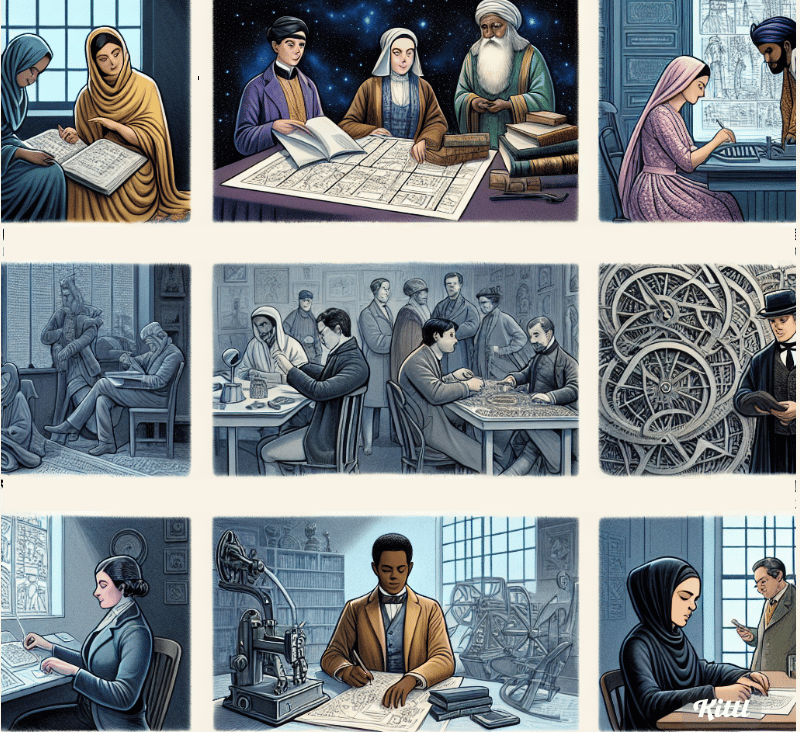Book Summary of "Quiet: The Power of Introverts in a World That Can't Stop Talking" by Susan Cain
"Quiet: The Power of Introverts in a World That Can't Stop Talking" by Susan Cain is a groundbreaking exploration of introversion and its impact on society, culture, and individual success. Drawing on extensive research and personal anecdotes, Cain challenges the prevailing notion that extroversion is inherently superior and celebrates the unique strengths of introverts. This book summary will provide a concise overview of each chapter, highlighting key concepts and actionable insights for introverts and extroverts alike.
BOOK SUMMARIES
2/17/20243 min read


Chapter Summaries
Chapter 1: The Rise of the "Extrovert Ideal"
Cain examines the cultural bias towards extroversion in Western society and its implications for introverts. She traces the history of the "Extrovert Ideal" and its influence on education, business, and social norms. By highlighting the contributions of introverts throughout history, Cain challenges the assumption that extroversion is the key to success and happiness.
Chapter 2: The Myth of Charismatic Leadership
In this chapter, Cain explores the qualities of effective leadership and challenges the myth of the charismatic leader. She argues that introverted leaders often possess unique strengths, such as empathy, listening skills, and analytical thinking, that are essential for success. By embracing their natural tendencies, introverted leaders can lead with authenticity and make meaningful contributions to their organizations.
Chapter 3: When Collaboration Kills Creativity
Cain examines the dynamics of group collaboration and its impact on creativity and innovation. She argues that while collaboration has its benefits, it can also stifle individual creativity and productivity, particularly for introverts. By advocating for a balance between collaboration and solitary work, Cain highlights the importance of creating environments that honor diverse work styles and preferences.
Chapter 4: The Role of Temperament
In this chapter, Cain explores the role of temperament in shaping personality and behavior. She introduces the concept of "sensitivity" and its impact on how individuals respond to stimuli and social interactions. By understanding their own temperament and the temperament of others, individuals can cultivate empathy, communication skills, and mutual respect in their personal and professional relationships.
Chapter 5: Beyond Temperament: The Power of Free Will
Cain discusses the interplay between temperament and free will in shaping behavior and life outcomes. She argues that while temperament influences our preferences and tendencies, we ultimately have the power to choose how we respond to challenges and opportunities. By embracing our strengths, setting boundaries, and pursuing activities that align with our values, we can lead fulfilling lives that honor our true selves.
Chapter 6: The Communication Gap
Cain explores the challenges introverts face in communicating their ideas and needs effectively in a predominantly extroverted world. She offers practical strategies for introverts to assert themselves, express their thoughts, and navigate social situations with confidence. By developing assertiveness skills and leveraging their unique strengths, introverts can communicate authentically and forge meaningful connections with others.
Chapter 7: The Extroverted Ideal in the Classroom
In this chapter, Cain examines the impact of the Extroverted Ideal on education and classroom dynamics. She discusses the challenges introverted students face in traditional classroom settings and offers insights for educators to create inclusive learning environments that accommodate diverse learning styles. By embracing a range of teaching methods and encouraging individual expression, educators can empower all students to thrive academically and socially.
Chapter 8: Parenting the Introverted Child
Cain offers guidance for parents raising introverted children, emphasizing the importance of understanding and respecting their temperament. She discusses strategies for nurturing introverted children's strengths, fostering self-confidence, and advocating for their needs in social and educational settings. By providing a supportive and validating environment, parents can help introverted children embrace their uniqueness and flourish.
Chapter 9: The Highly Sensitive Person
Cain explores the concept of high sensitivity and its relationship to introversion. She discusses the traits of highly sensitive individuals, such as deep empathy and heightened sensory awareness, and offers insights into navigating the challenges and opportunities associated with high sensitivity. By embracing their sensitivity and practicing self-care, highly sensitive individuals can thrive in a world that often overwhelms them.
Chapter 10: Conclusion: The Power of Introverts
In the final chapter, Cain reflects on the power and potential of introverts to make meaningful contributions to society. She emphasizes the importance of valuing diversity and creating environments that honor different personality types. By embracing introversion and extroversion as complementary strengths, we can harness the full spectrum of human potential and create a more inclusive and innovative world.
Conclusion
"Quiet: The Power of Introverts in a World That Can't Stop Talking" offers readers a compelling exploration of introversion and its impact on individuals and society. Through insightful research, personal anecdotes, and practical advice, Susan Cain celebrates the unique strengths of introverts and advocates for a more inclusive and understanding world. By embracing introversion and valuing diverse perspectives, we can create environments that foster creativity, collaboration, and authenticity for all.





















